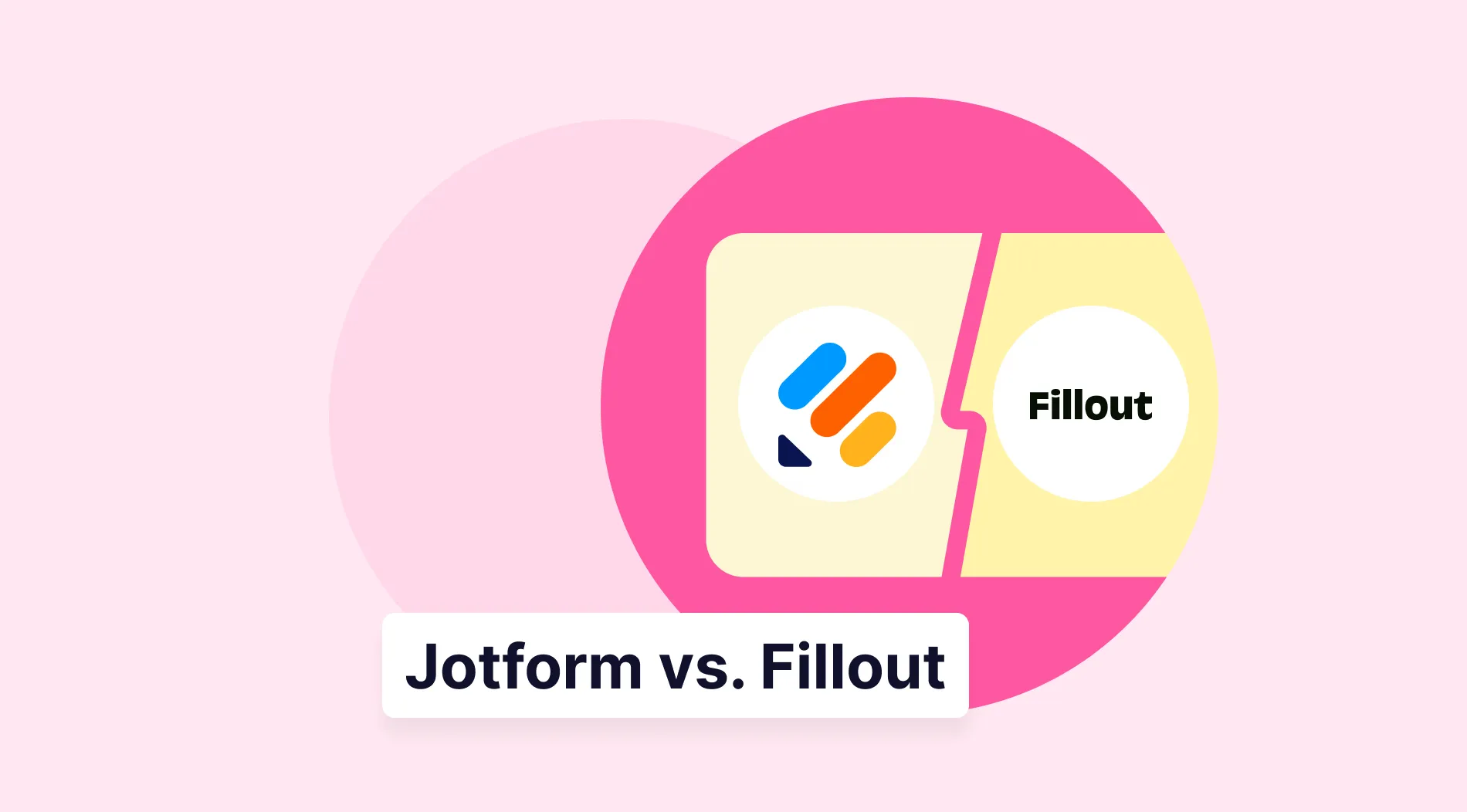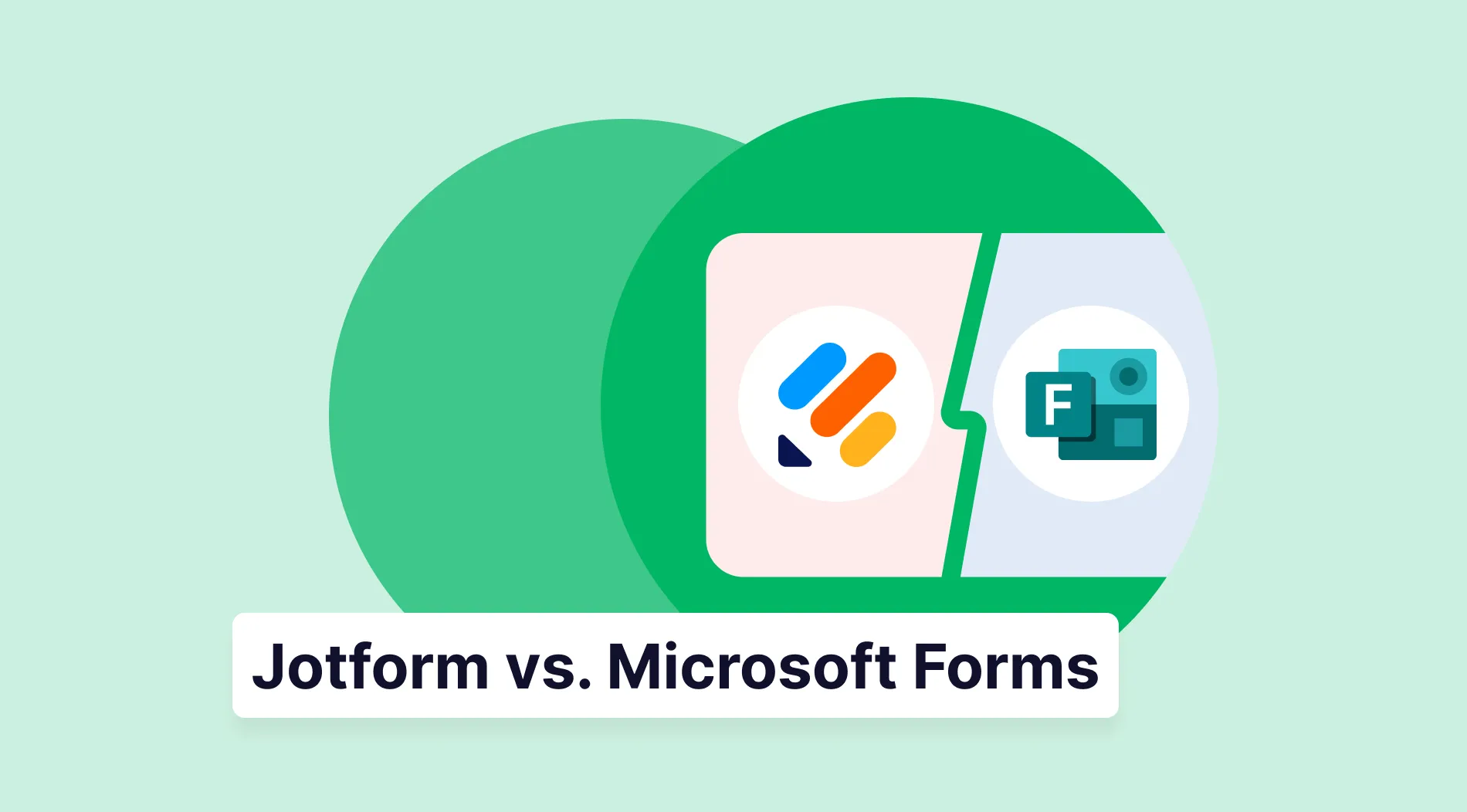Form questions are an important part of any survey or questionnaire. They help to ensure that all data is collected in a consistent and accurate manner. When you create a form online, in order to have the perfect form questions, you need to first understand the different types of questions that are available to you. This article will provide you with all the tips and templates you need to build powerful and effective form questions.
But first, forms.app is a free form builder that helps everybody. It offers a big variety of form templates to choose from. You may know that you wish to create an online form but do not know where to start or which template to use. If that is the case, you may check out the article on critical points to consider when creating web forms on forms.app’s blog! Now, without further ado, here are the different types of questions on forms.app.
The different types of form questions available
There are several different types of form questions that you can use in your surveys and questionnaires. The most common types are described below.
1. Selection questions: Closed-ended questions are questions that require a specific answer. They can be answered with a word or a phrase. Closed-ended questions are easy to compile and analyze, and they are perfect for obtaining precise data. For instance, you can use this type of question in your cake order form.
2. Open-ended questions: Open-ended questions are questions that allow respondents to provide a free-form answer. They provide respondents with an opportunity to express their opinions and thoughts. Open-ended questions can be difficult to compile and analyze, but they are the best way to get unedited data. A good template to use this question type is feedback form template.
3. Multiple choice questions: Multiple-choice questions provide respondents with a list of potential answers, along with an opportunity to select one or more of those answers. They are perfect for obtaining precise data. The analysis of multiple-choice questions involves comparing the number of respondents who selected each answer. It is effective to use this type in surveys.
4. Checklist questions: Checklist questions provide respondents with a list of criteria along with an option to to check it or leave it unchecked. They can be used for both quantitative and qualitative data. You may use this form in an informed consent form.
5. Rating questions: Rating questions allow respondents to provide a rating for each question, using a scale such as 1-10 or 1-5. They can be used for both quantitative and qualitative data, and they give you an opportunity to build detailed profiles that highlight the strengths and weaknesses of your products/services. Using this type of question is a wise step when creating an evaluation form.
6. Grid questions: Grid questions present respondents with a series of answers to choose from, along with an opportunity to provide a freeform response. They can be used for both quantitative and qualitative data, and they allow you to build detailed profiles.
8. Image selection questions: You can easily put a series of pictures for your respondents to choose from: Having colorful content on your form or survey will attract more attention and will help form responses. Using this question type on a clothing order form will make selling easier for everyone.

How to find the right questions for your forms?
Let us say you want to create an application form with an online form builder. And you are forming questions in English. You decide that you want questions to help collect information about the applicant. Ask these questions to yourself to help you determine the questions to put your application form template.
- Which type of question do I need?
- What is the purpose of the form?
- How much time should we allocate for form completion?
- Do we need a skip logic option to avoid repeating questions and keep people on track with the form progress?
When you ask these questions, finalizing your job application form in the form creator, forms.app will be no trouble.
Tips for creating effective form questions
After choosing the suitable template for your business, you can easily customize it. This changes help leave a good impression on your form takers. What’s more, when creating form questions, it is important to make them in a way to maximize the results. Here are the tips to have in mind::
- Make sure that all questions are clear and easy to understand. Don't ask respondents to make assumptions about what you're asking.
- Make sure your questions are relevant to the topic at hand.
- Write questions in a concise and straightforward manner.
- Be careful not to ask too many questions. Respondents can get overwhelmed if there are too many questions on a form. Try to stick to the most important ones.
- If you need to ask for more information, use follow-up questions. You can use conditional logic to achieve this seamlessly.
Summary
In this article, we gathered the different types of form questions and touched on how to create effective ones. And, there are also some suggestion templates to use with these question types when you are building a form. If you want more tips on designing your form, you can find them and more in the article how to improve your business with a web form on forms.app’s blog.
Defne is a content writer at forms.app. She is also a translator specializing in literary translation. Defne loves reading, writing, and translating professionally and as a hobby. Her expertise lies in survey research, research methodologies, content writing, and translation.
.jpg)


